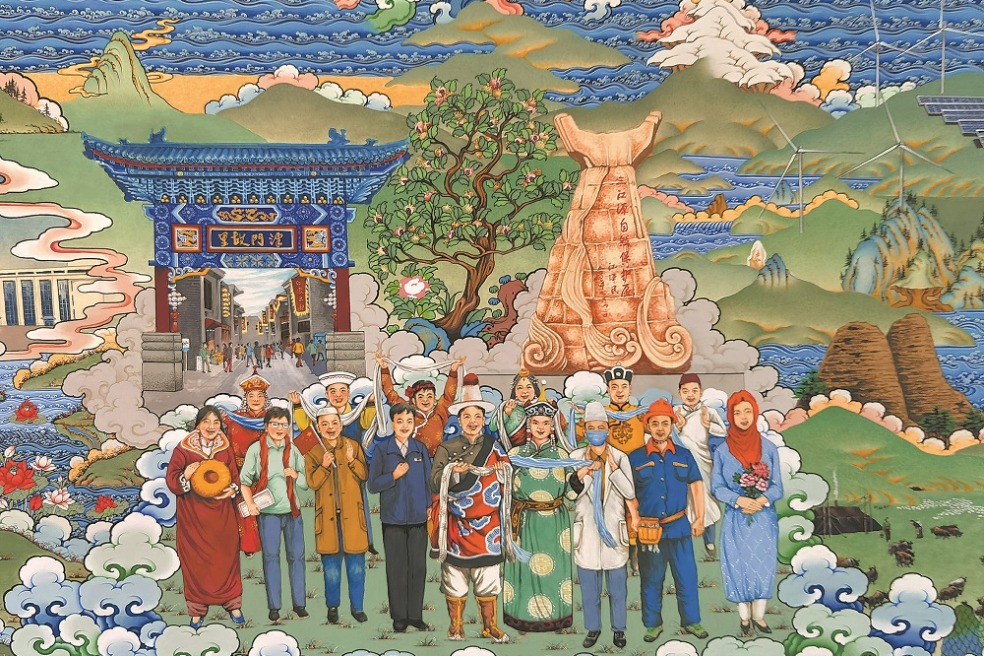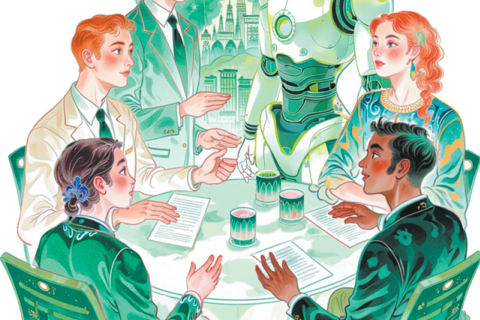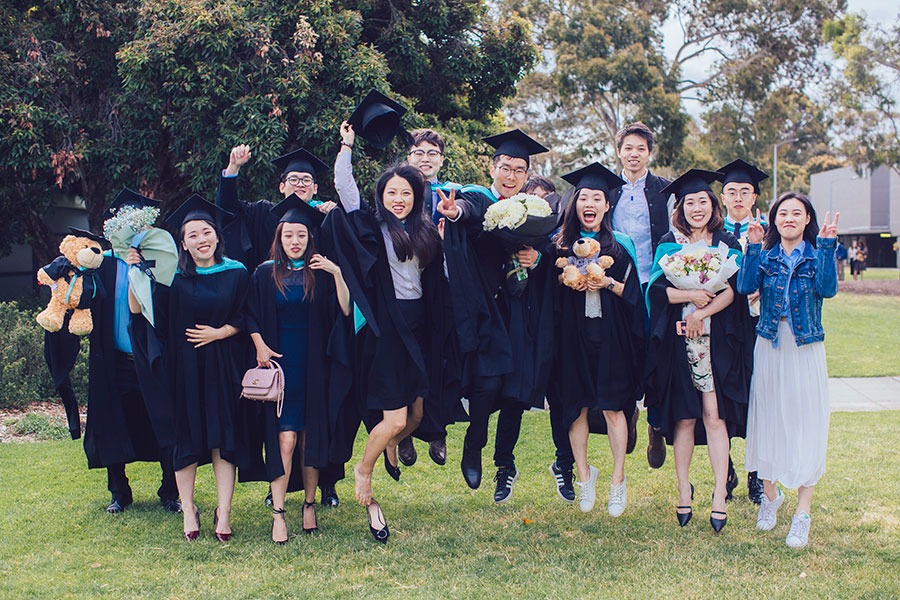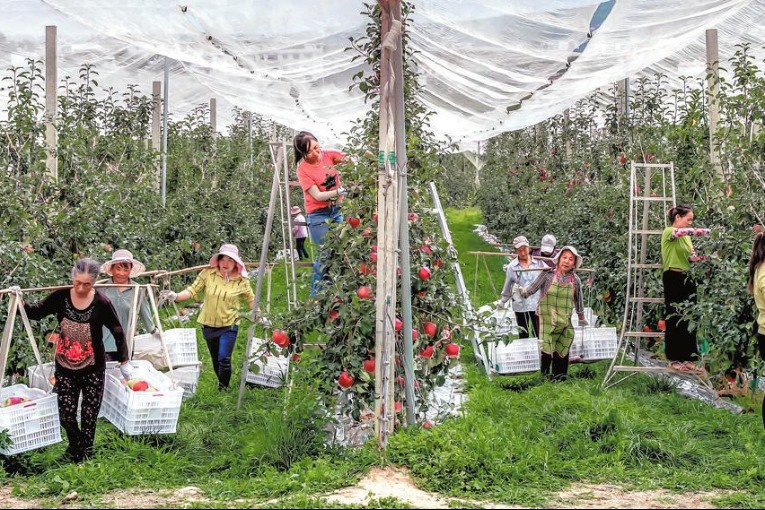25-yuan roast duck reflects progress of rural vitalization

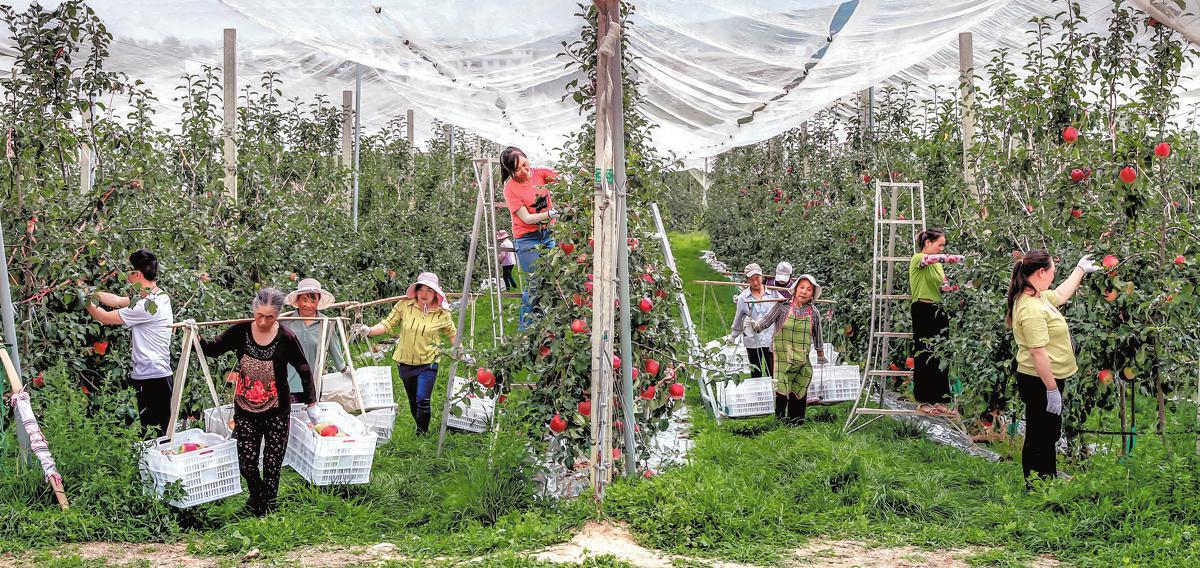
The aroma emanating from ducks being spun slowly on charcoal-fired swivel roasters fills the air, drawing people into narrow alleys in search of the source of the familiar, mouthwatering odor. A modest sign-"Whole Roast Duck: 25 yuan" — hanging overhead greets connoisseurs and laymen alike. For less than the price of a cappuccino, people walk away with a freshly roasted, carved bird.
A few hours earlier, the same duck, when alive, might retail for about 100 yuan ($13.93) in the market. How could it cost a fraction of its market price, that too after being roasted? The answer lies in a carefully developed model of farming, processing and rural trade.
At the heart of this model is a simple principle: the roast duck can be sold for 25 yuan not because the system undercuts value, but because it splits the value across a duck's body parts. Only about a quarter of a duck's economic worth is in its flesh. The rest is hidden in its wings, gizzards, fat, bones, feathers and blood, which are sold separately: wings become sizzling street snacks, gizzards go to specialty eateries, fat is rendered into kitchen oil, bones are used for broth, and feathers are repurposed for insulation or shuttlecock manufacturing. By breaking the duck's body parts this way, especially selling the prized flight feathers to niche industries, processors turn what seems like useless products into sources of profit, making it possible to sell a roast duck for just 25 yuan.
High-quality farming is essential to this business model. In Xianxian county of Hebei province, for example, a poultry group introduced a "five-unified" contract program covering ducklings, feed, veterinary care, technical training, and guaranteed buyback. Many farmers have moved from a risky to a structured model with predictable returns. Smart barns monitor temperature and air quality, and QR codes ensure the source of every bird can be traced.
With the ducklings' survival rate nearly 99 percent and yield up by 20-30 percent, farmers have seen both the quantity and quality improve. Under this system, a farmer who raises, say, 300,000 ducks a year might earn close to 1 million yuan, which shows how precision and scale can reshape livelihoods.
By dividing the duck into more than 20 product categories, the processors multiply its economic value, making the roast duck only one piece of a much larger economic mosaic. The value then moves downstream to brand and retail. In Xianxian county, many of the roast duck stalls are managed by local entrepreneurs or returned migrant workers.
A couple that used to work in a factory in a city, invested just a few thousand yuan in a branded stall. They said that they start making profit after the sale of the ninth roast duck. Alongside roasting and plating, villagers, mostly women and elders, also take care of the prep lines, packaging and customer services. In more ways than one, the stalls promote social involvement and generate local income.
With livestreaming extending its reach, the stalls make brisk business, with a small village stall once selling nearly 200 roast ducks through a Douyin broadcast. Viewers watched the preparation live, asked questions, and placed orders immediately. Suddenly the local roast-duck stall livestreaming gained a national audience.
Steady returns on duck contracts prevent families from being forced to work in factories. Jobs multiply — elderly workers earn an income by slicing the roast ducks, and youths by managing livestreams and logistics. And community halls host tasting sessions, with stalls sponsoring carnivals, and villages organizing local roast-duck festivals.
All of this is underpinned by not only market ingenuity but also policy design and strategic risk protection. In 2023, when pork prices declined suddenly after rising sharply, independent duck farmers who had not entered any contract suffered huge losses. But those working under Hebei's "five-unified" framework — duckling supply, feed, veterinary care, training, and guaranteed buyback — continued to earn money.
Importantly, the government is promoting digital traceability, precision farming, and e-commerce as part of a broader smart-agriculture and rural vitalization initiative.
But the transformation is not limited to ducks. Across China, the push for smarter, greener livestock is quietly taking hold. In Qiqihar, Heilongjiang province, for instance, a "digital pasture" system originally designed for beef cattle now helps monitor duck sheds — measuring temperature, humidity and feed efficiency through sensors and automated alerts. In Zhejiang and Sichuan provinces, farming cooperatives are experimenting with insect protein and low-protein feed formulations which reduce costs while maintaining output. In particular, in newly retrofitted barns, remote monitoring and AI-supported disease detection have started appearing, not just on large commercial farms, but even in village-scale operations.
To support these efforts, policies such as the Feed-Saving Action Plan aim to reduce reliance on imported soymeal, while rural financial tools, such as insurance, subsidies and small loans, are being redesigned around livestock's lifecycles.
What is emerging is not only a reimagined poultry sector, but a broader blueprint for how small-scale livestock farming can thrive amid increasing economic uncertainties. From chicken to beef, and pork to fish, the idea is the same: lower input costs, smarter tools, clearer logistics, better contracts, and stronger rural incomes.
The roast duck may be the face of this model, but the system is branching out, quietly reshaping how livestock is raised and families make a living. Ultimately, that 25-yuan roast duck is not just a local delicacy — it's the tip of an iceberg, representing a meticulously structured ecosystem of rural innovation, efficient processing, and policy-enabled smart farming.
Wei Longbao is a Qiushi distinguished professor and director of the Institute of Food and Agribusiness Management, Zhejiang University; and Xu Wangfang is a lecturer at Zhejiang University of Finance and Economics. The views don't necessarily reflect those of China Daily.
If you have a specific expertise, or would like to share your thought about our stories, then send us your writings at opinion@chinadaily.com.cn, and comment@chinadaily.com.cn.


















